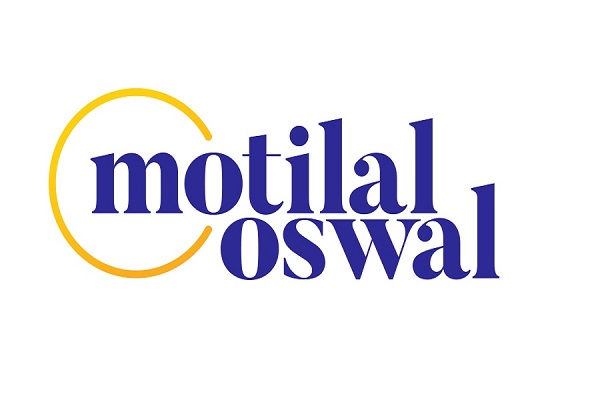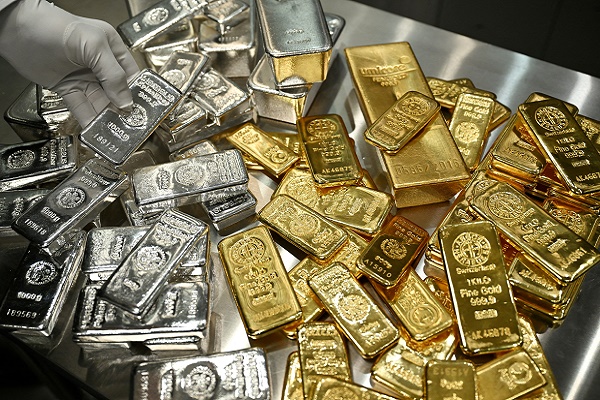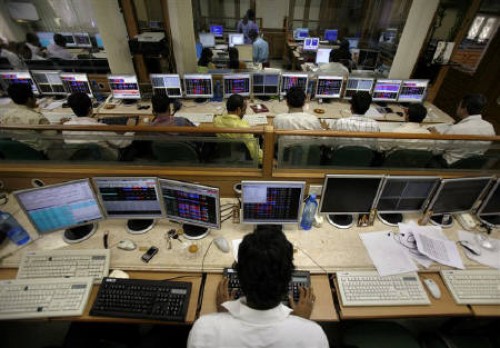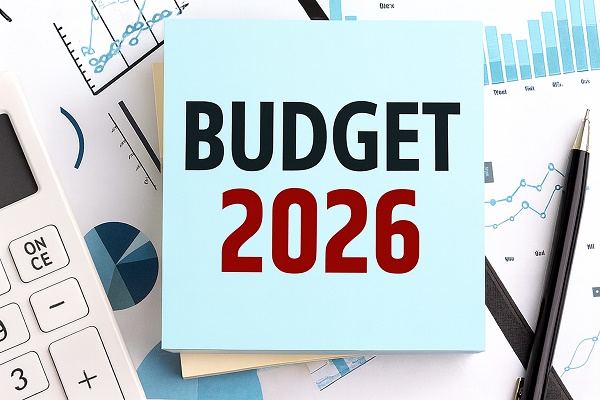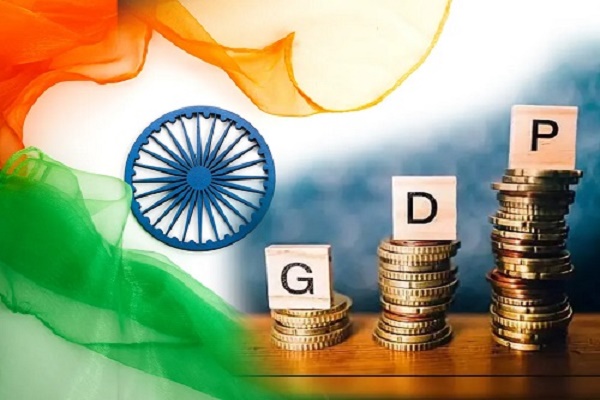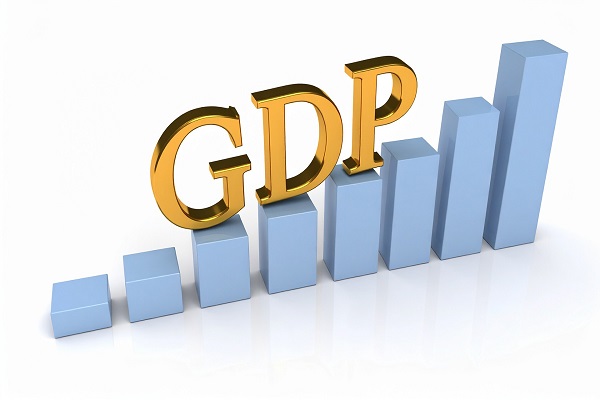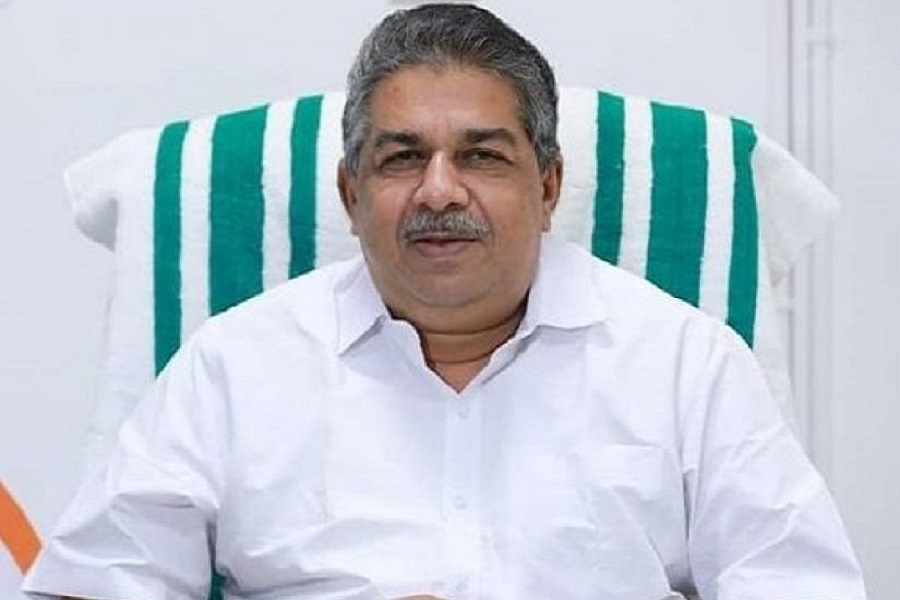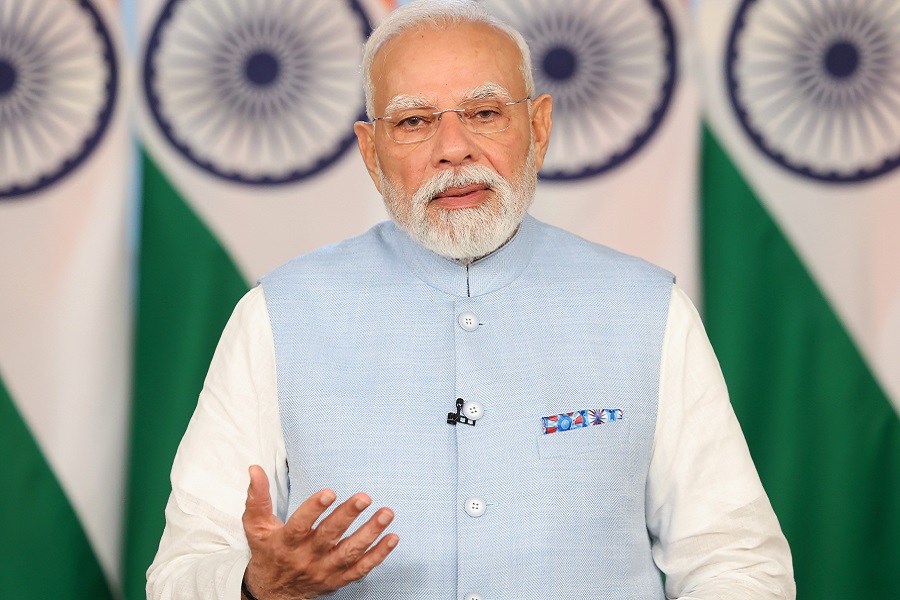India Strategy : Macro update - growth impulses still weak by Emkay Global Financial Services Ltd
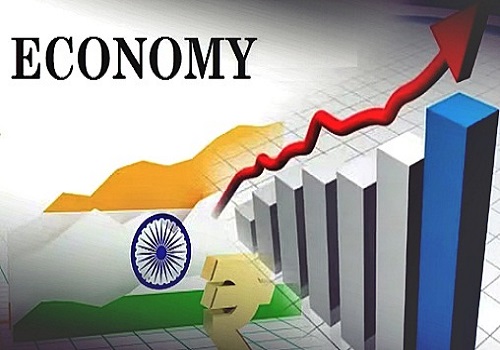
Our assessment of a large set of concurrent indicators shows that India’s macro recovery is still WIP. Consumption growth remains weak, barring some bright spots, and government capex growth is driven by a temporary weak base. Monetary transmission has yet to become visible. This does not affect our central thesis of a 2HFY26 recovery, although the lack of visible growth cannot be ignored. We turn cautious on the markets for now, with the Nifty anyway set to touch our Mar-26 target of 26,000. We think the broader markets will mark time before growth triggers become more visible.
Growth impulses still weak
Overall growth trends are muted, and recovery is not yet visible. We look at a wide crosssection of data for signs of a meaningful recovery, with auto sales, power demand, and digital transactions all emitting weak signals. There are some green shoots in GST and e-way bills, although it is too early to discern a trend. GoI capex data is also encouraging, albeit distorted by a low base because of the election slump in 1QFY25. The weakness seems to be more pronounced in premium segments; the strong monsoons (Exhibit 12) point to a recovery in mass consumption. We remain confident of a 2HFY26 recovery in discretionary consumption – 1QFY26 growth has not been built into our assumptions, so the current datasets do not affect our view.
Monetary transmission WIP
The RBI’s aggressive easing policies are yet to show up in the numbers which is understandable; we expect a quarter’s lag. M3 growth is muted at 9.6%; consequently, loan and deposit growths are also quite soft and remain at a low trajectory. Rate transmission is also WIP: deposit rates are down by ~30bps from the peak, while loan yields are down by 50bps. In bond markets, the transmission has been largely confined to the short-end (Exhibit 17): 3Y yields are down by 150bps from the peak, although 10Y yields are largely stable at 6.39%. The full impact is likely to be felt in 2HFY26, when M3/loans/deposits accelerate and the full rate transmission takes effect.
Soft commodity prices
Average brent crude prices were down 12.5% QoQ in 1QFY26, despite the momentary spike during the US-Iran conflict. We expect further softening as the US and western economies slow in 2HFY26, even if tariff uncertainties abate. Steel prices had hardened for a short period, though they now look toppish and should weaken hereon. Prices of other commodities like palm oil and natural rubber are stable to soft (Exhibit 21). Overall, we expect India to benefit from a weak commodity dividend – lower inflation, improved margins, and some help to the already-strong CAD.
RBI FSR – The big picture implications
The RBI FSR reinforced one of our core arguments supporting an extended bull market for India – financial stability. Bank balance sheets are in better shape than, probably, in any time in history – in terms of low NPAs and high CARs (Exhibit 19). Corporate balance sheets are similarly strong, with near-decadal lows in leverage. Add low deficits – fiscal and external – and we have a fortress balance sheet for India. This stands out in a period when several other countries are experiencing rising fiscal deficits. The enhanced stability warrants a higher multiple for India, which is why we use 5-year, post-Covid histories for most of our analysis.
Consumption and Growth

For More Emkay Global Financial Services Ltd Disclaimer http://www.emkayglobal.com/Uploads/disclaimer.pdf & SEBI Registration number is INH000000354
